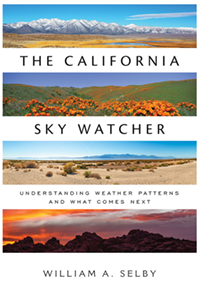
For sheer grandeur and superlatives, it is hard to compete with the Sierra Nevada. The “Range of Light,” as Ansel Adams so aptly nicknamed them, cover over 39,000 square miles or about the same amount of real estate as Virginia. In that space you will find the tallest mountain in the contiguous United States (Mt. Whitney) as well as one of the deepest gorges in the country (Kings Canyon), the nation’s second deepest lake (Lake Tahoe), and North America’s tallest waterfall (Yosemite Falls) in one of the world’s most famous and visited national parks (Yosemite).
And if it were not for the Gold Rush the Sierra Nevada spawned, the diverse and powerful entity that has come to be known as The Golden State would not exist, at least not in its present form.


